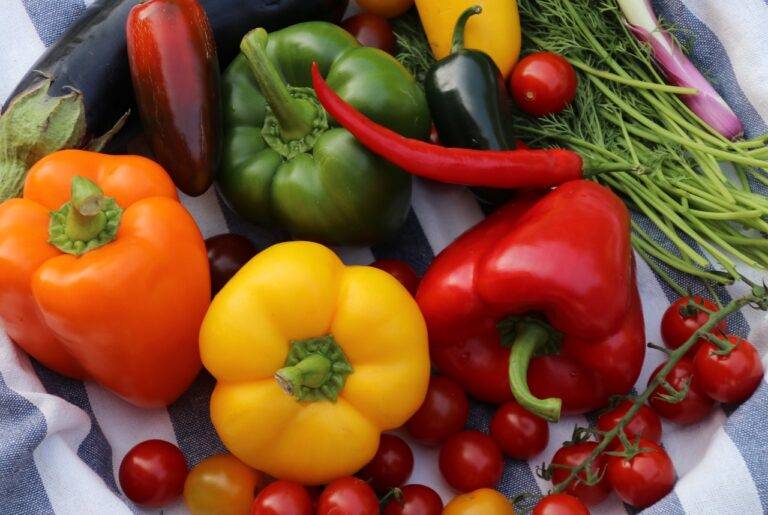The Art of Recreating Global Dishes at Home
To embark on crafting a traditional dish from a different culture, one must be equipped with the essential ingredients and tools. Start by gathering staple items such as fresh herbs, spices, and local produce typical of the region. Using authentic ingredients is key to capturing the true essence and flavors of the cuisine you are trying to replicate.
In addition to sourcing the right ingredients, having the appropriate equipment is crucial for preparing authentic dishes. Make sure to have basic kitchen tools like a mortar and pestle, traditional cookware, and utensils commonly used in the specific culinary tradition. By arming yourself with the necessary ingredients and equipment, you set yourself up for a successful and culturally rich cooking experience.
Researching Authentic Recipes
To uncover authentic recipes, one must dive deep into the culinary traditions of the culture they are exploring. This involves delving into historical cookbooks, interviewing local chefs, and even attending cooking classes specific to that cuisine. Understanding the regional ingredients, cooking techniques, and flavor profiles is essential in recreating a truly authentic dish.
Moreover, online resources such as food blogs, recipe websites, and social media platforms can be valuable tools in the quest for genuine recipes. Engaging with online communities of food enthusiasts and seeking recommendations from individuals who have firsthand experience with the cuisine can provide valuable insights and guidance. By combining traditional research methods with modern digital resources, one can embark on a journey to uncover and recreate authentic recipes that pay homage to the rich culinary heritage of a specific culture.
Understanding Cultural Significance
Food is an integral part of every culture, serving as a reflection of traditions, beliefs, and values. In many societies, recipes are passed down through generations, preserving the essence of a particular community’s way of life. Cooking techniques, ingredients, and flavors all play a role in defining cultural identity through food.
Furthermore, shared meals bring people together, fostering a sense of unity and connection among members of a community. The act of preparing and sharing traditional dishes can evoke a sense of nostalgia and belonging, creating a bond that transcends language and geography. By understanding the cultural significance of food, we gain a deeper appreciation for the rich tapestry of human civilization.





